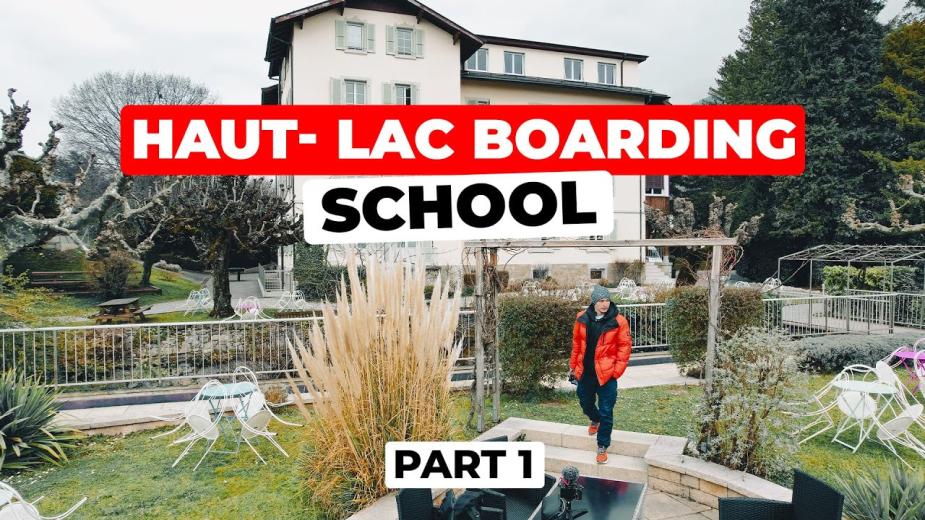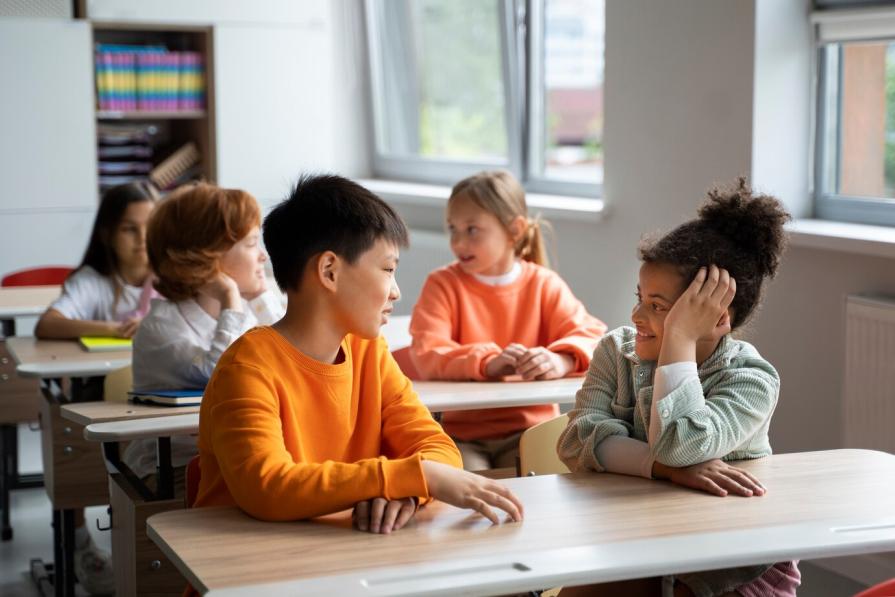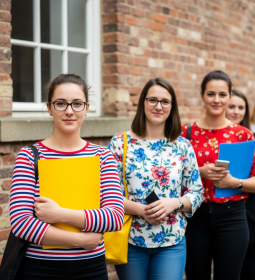Before our eyes, the education sector around the world is undergoing a colossal transformation, comparable in scale to the introduction of compulsory secondary education in the late 19th and mid-20th centuries. Scientists believe that every year online learning will play an increasingly important role, and democratic practices will be introduced into the educational process, one of which is peer-to-peer learning.

What is peer-to-peer learning? What is the difference between mutual and joint learning?
Peer-to-peer learning is a concept that does not yet have a specific definition. It is believed that under this model, students teach each other by sharing knowledge, competencies and information, while forming social connections and generating communities based and functioning on the principles of mutual assistance and support. This is if it is official.
The role of the teacher in this case is fundamentally different compared to the existing model. If in a classical modern school he is a source of knowledge, a coordinator of the educational process, partly an educator, then under this new model he takes the position of a generator and facilitator of the learning environment, making it a kind of active learning.

This model is extremely democratic, since there are no relations between the direct participants in the studying based on the principle of subordination.
At the same time, P2P learning is a new model, so there is no single approach to its definition and classification. Some educators believe that this refers to all relationships between students of the same status, while others think that P2P learning and collaborative learning are different types of academic process: collaborative learning means working in a group followed by discussion, and P2P is the process in which one student leads another within the framework of a task, that is, one student teaches the other. The first model is used when the class discusses a new topic, and the second is used when students with different levels of preparation need to be taught (then some will help others learn).
Where did P2P training come from?
The idea is by no means new: for the first time such a technique appeared as early as the XVIII century. It was developed in parallel by teachers Bell and Lancaster, and the point was that students who had mastered the topic (they were called monitors within the model) helped others to learn. For Bell and Lancaster, the model served mainly to eliminate illiteracy, when more successful students, having received instructions from the teacher, helped those who lagged behind.
By the middle of the 19th century, such a system had been tested by the British and the French, the Danes and the Americans, the Germans and the Japanese.

As literacy began to approach 100% in Europe and the United States, Lancastrian schools became a thing of the past, but the methodology itself was transformed and was "embedded" in many pedagogical approaches and methods.
What are the principles of mutual learning?
As such, the principles of mutual learning have not yet been developed, so in practice it is implemented in different ways, for example:
- An experienced student helps a lagging student learn
The most common format; Usually, high school students work with younger school students (mentoring programs in the corporate segment work similarly).
- Discussion seminars

Within the framework of such seminars, students exchange views in the format of a discussion, find out points and aspects that remain unclear to them, and provide additional information. Academic support groups are very close to the discussion format: in this scenario, students prepare together for tests and exams, discuss various topics, and offer new ideas.
- Feedback
Students mutually control each other, trying to give feedback. This format is used in schools, universities, and (very often) in the corporate segment.
In addition, group or joint projects, as well as budding are relatively popular.
What are the advantages of P2P learning?
Among the key advantages:
- Effectiveness in the field of conscious learning, the development of critical thinking and soft skills, increasing communication skills, the development of teamwork and learning skills, perseverance as the ability to cope with difficulties.
- Deep immersion in the topic, which is confirmed by the results of research: sharing knowledge with other students is useful, because when teaching another, the student is simply forced to repeat the material already studied.
- Increase motivation to learn through positive reinforcement from other students: Praise from someone like you is perceived as something more valuable compared to praise from a teacher.
- With P2P studying, it is easier to understand and separate motives and see the point of application of the acquired knowledge in practice.
- With this format, engagement grows. Scientists have repeatedly proven that in this case, efficiency also increases: students who are actively involved in the academic process show many times better results in exams compared to those who demonstrate passivity.
- Mutual and collaborative learning contributes to the creation of an atmosphere of trust and security: it is psychologically easier to ask a colleague for help than a teacher or boss at work.
Disadvantages of peer-to-peer learning

This method also has disadvantages.
- Participants in the educational process have insufficient qualifications and experience, because teaching is not as easy as it seems (it is not for nothing that in many countries pedagogical universities are considered a separate type of university!), you need constant practice.
- Children and adolescents do not take the process so seriously and may quit halfway. The teacher is more motivated: if students do not master the program, they will not be able to pass exams or write a test, and the teacher will be the last one.
- Studying is almost impossible to control, so the results can be quite unpredictable.











